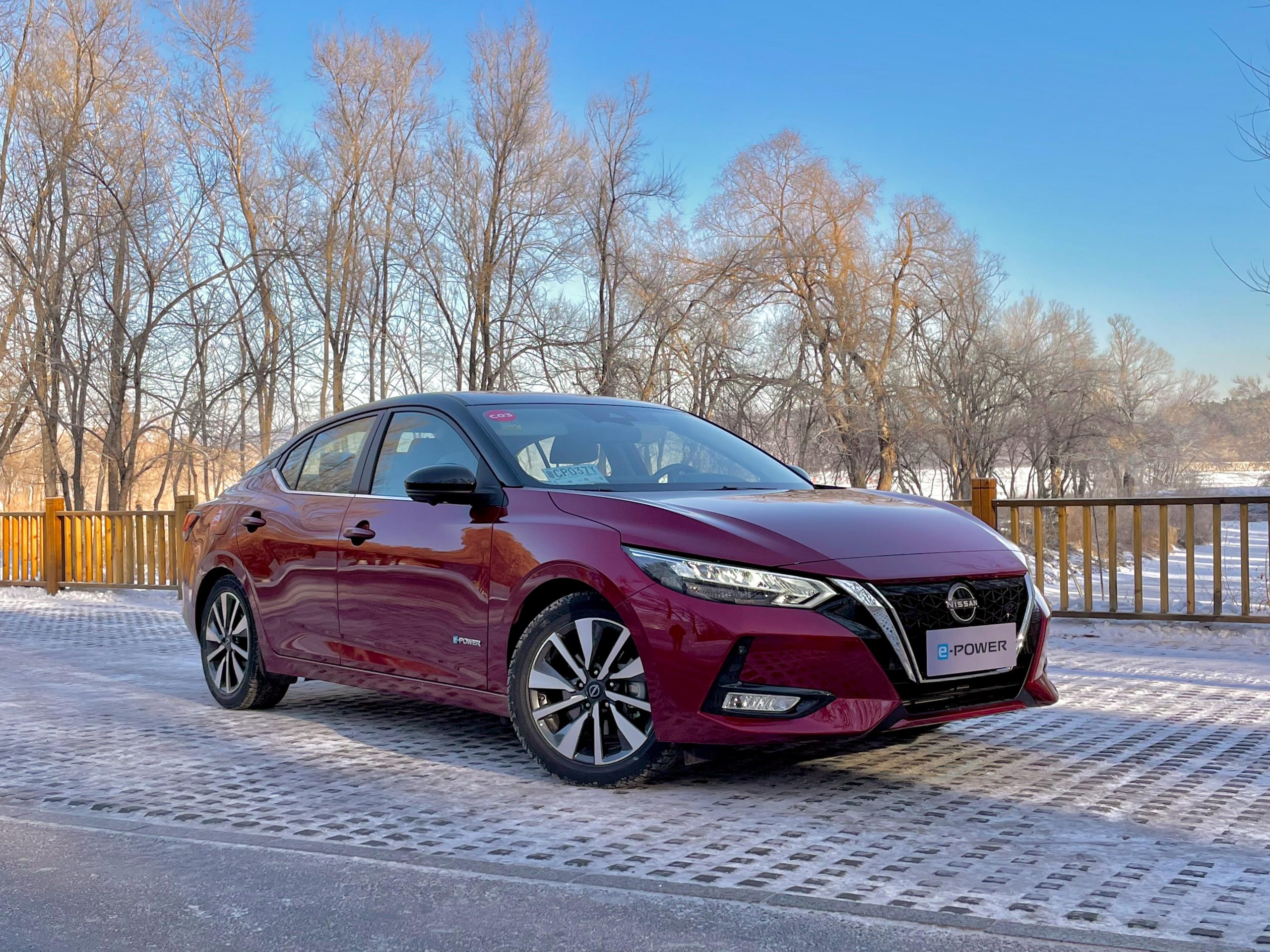At the end of December 2021, I was enjoying the fresh coconut and 20-degree sea breeze on the beach in Hainan, and the bright sunshine made me forget that I was here for work. Suddenly, my phone vibrated and I received a new task, which was to go to Changchun, Geelyn to test drive the Nissan Sylphy e-POWER.

I checked the local weather forecast and found that it was -10 to -20 degrees Celsius. I was hesitant to test drive a new energy vehicle in the northeast, as it would be difficult for me as a southerner. Having a car with heating would be my “mobile life pod” in the northeast. So, I immediately searched online to find out what e-POWER was and how confident I could be to test drive it in the north-east.
The Ideal ONE should be familiar to you all, it is a plug-in hybrid car equipped with a range extender. The range extender uses gasoline to generate electricity, which can be used to directly drive the vehicle or recharge the battery. However, Ideal also provides users with another option, which is charging.
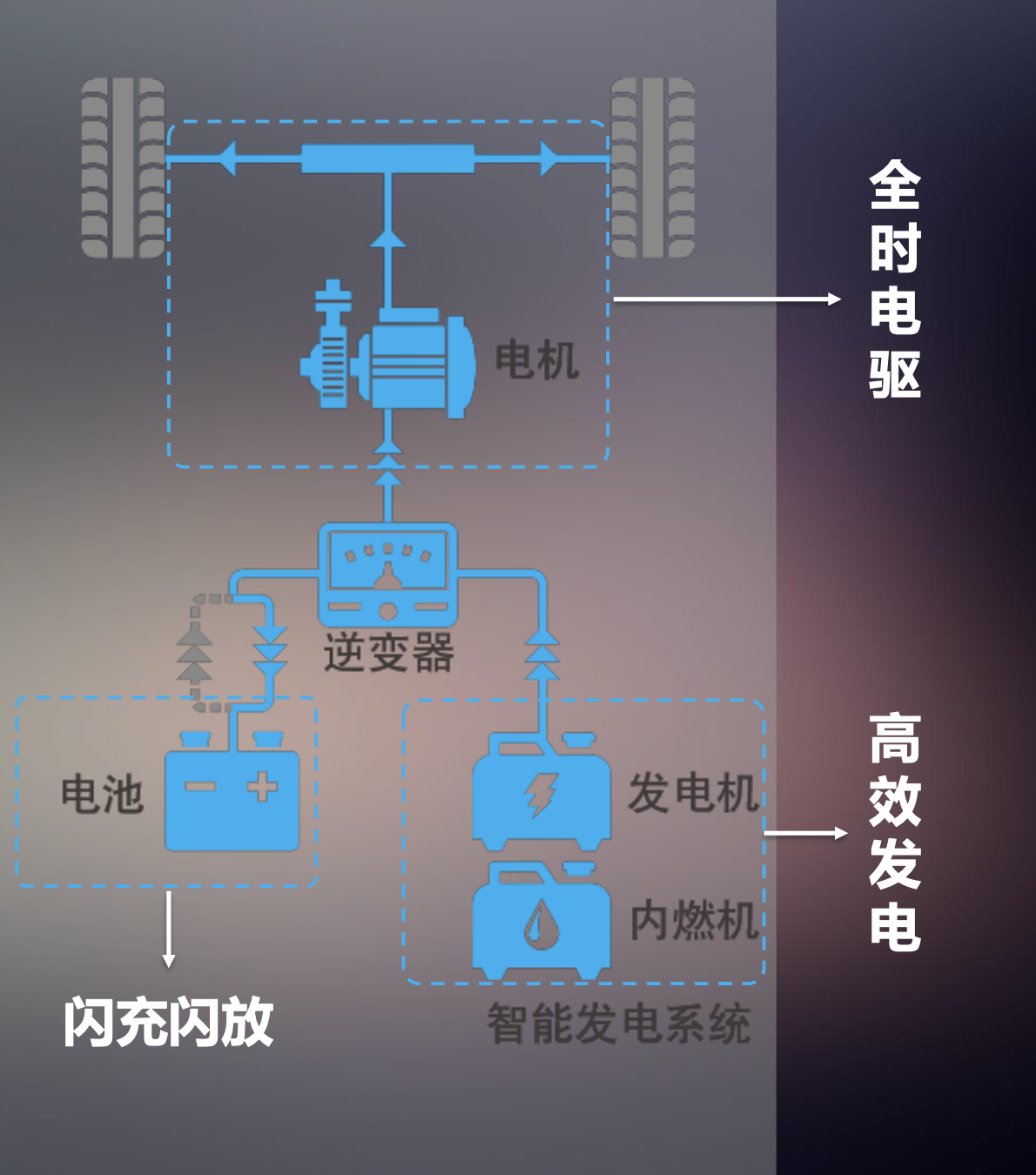
The Nissan e-POWER is different in that it does not have a charging port. However, the principle is still the same: it relies on refueling to generate electricity to drive the vehicle directly, without the traditional transmission components such as the gearbox and drive shaft that are only found in internal combustion engines. Since e-POWER cannot be recharged by plugging in and can only be refueled, it cannot qualify for the new energy green license plate. So, how does it feel to drive the Nissan Sylphy e-POWER?
Almost like a pure electric car
When it comes to the driving experience, let me explain more about e-POWER.
The Sylphy e-POWER has four driving modes. In economy mode, the vehicle defaults to “B” gear and power recovery, which cannot be manually turned off, even if the instrument panel still displays “D” gear. In economy mode, the vehicle will start the engine to supply power to the battery according to the actual usage. In normal starting situations, the vehicle is powered by the battery. The vehicle’s acceleration pedal becomes very smooth, as if the power output is restricted.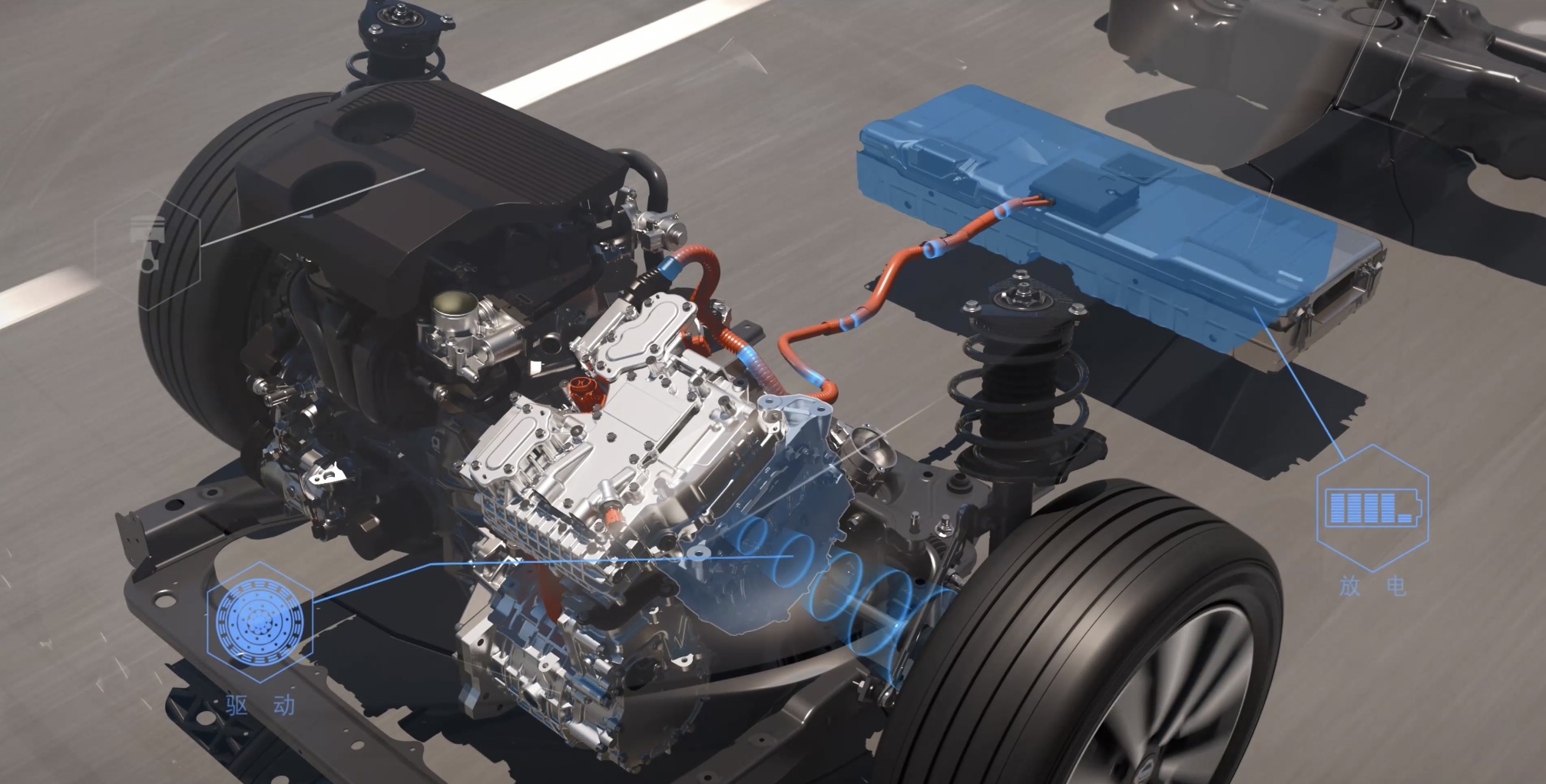
Under cruising conditions, the engine starts intermittently. After startup, it directly outputs electrical energy to the motor to drive the vehicle, and surplus electrical energy will be transmitted to the battery for storage, which will be used to power the vehicle in a more economical range through battery discharge.
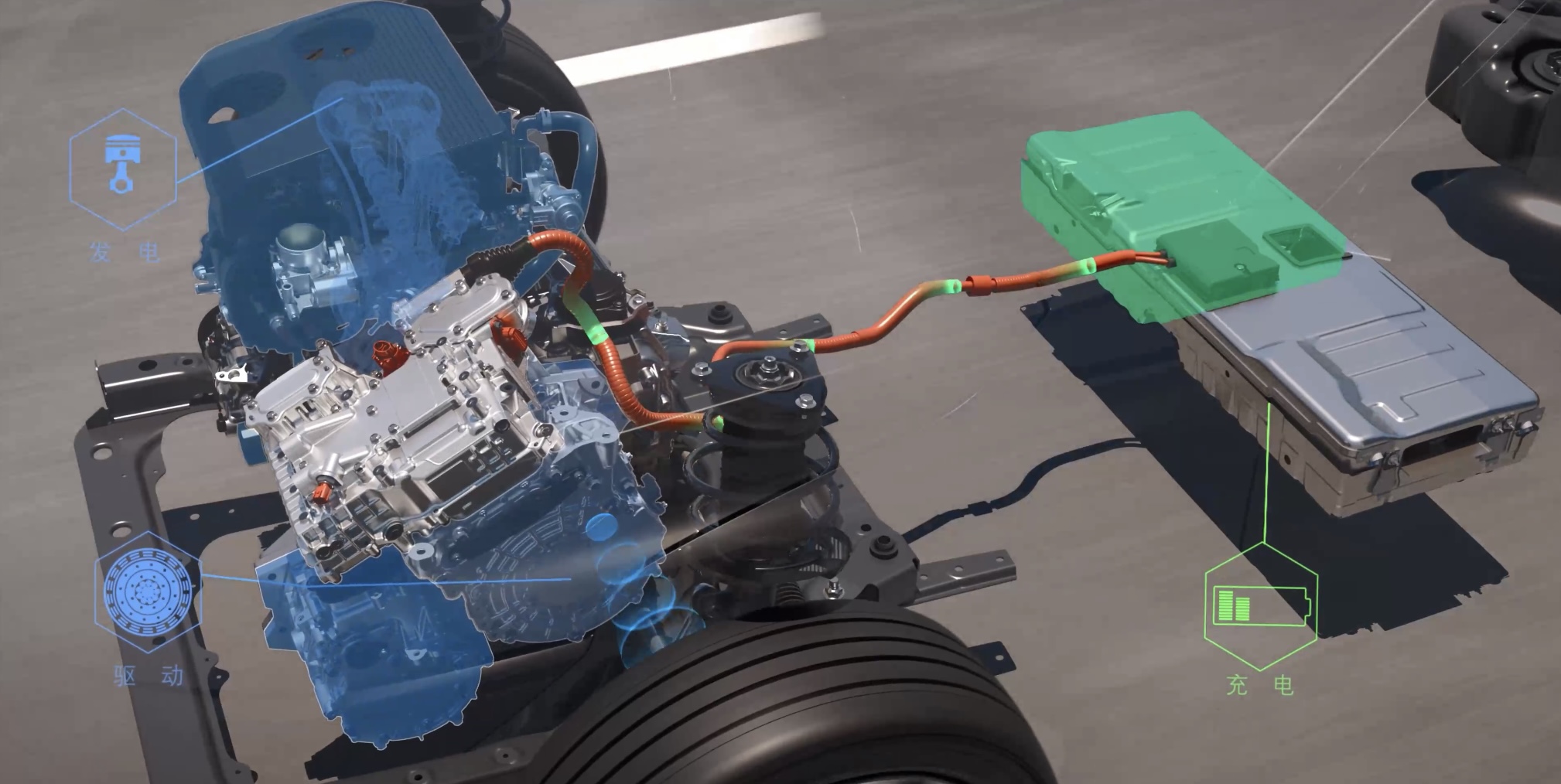
In normal and sport modes, B gear can be manually activated, and you can also have power recovery similar to that of a pure electric car.
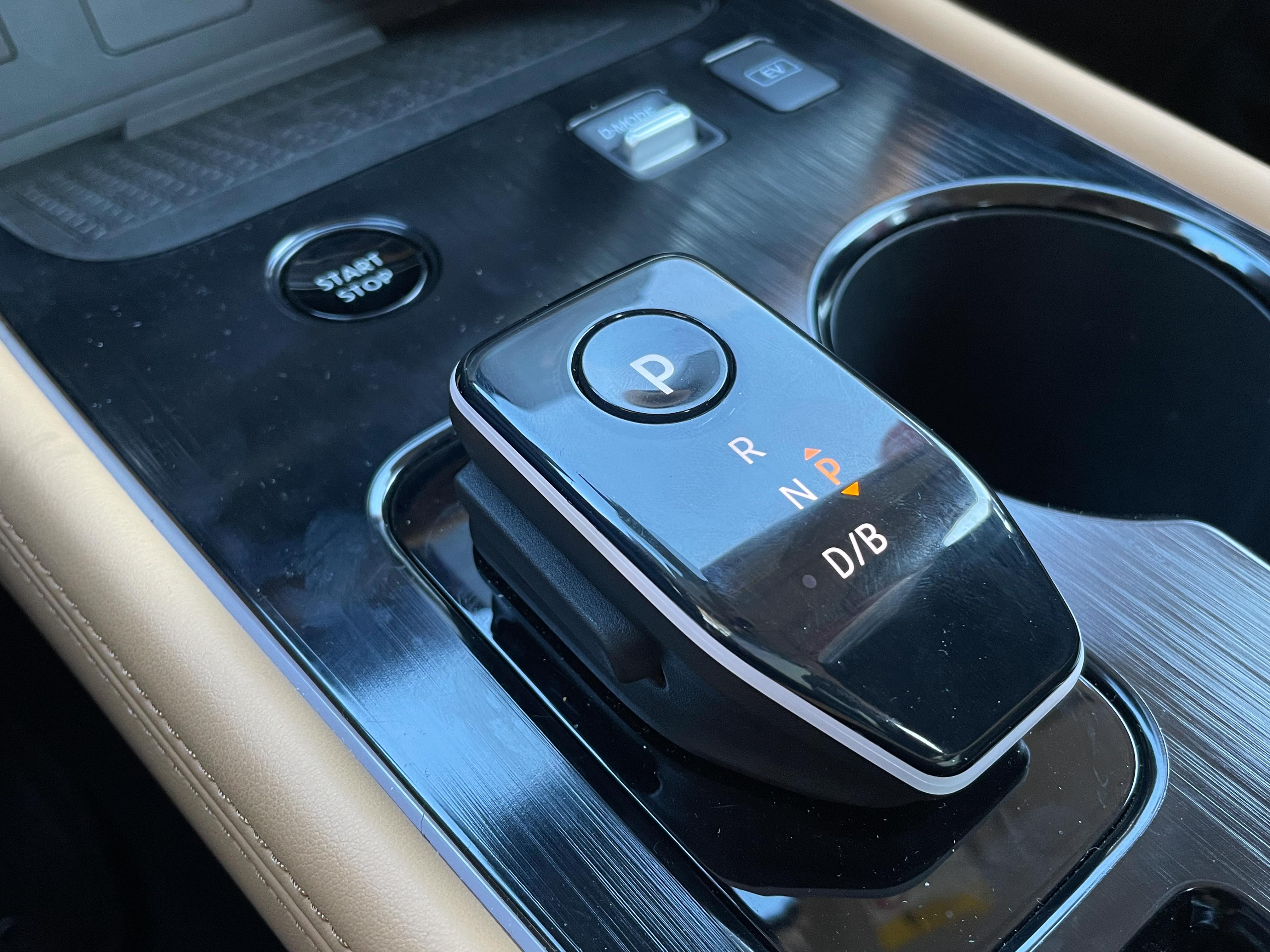
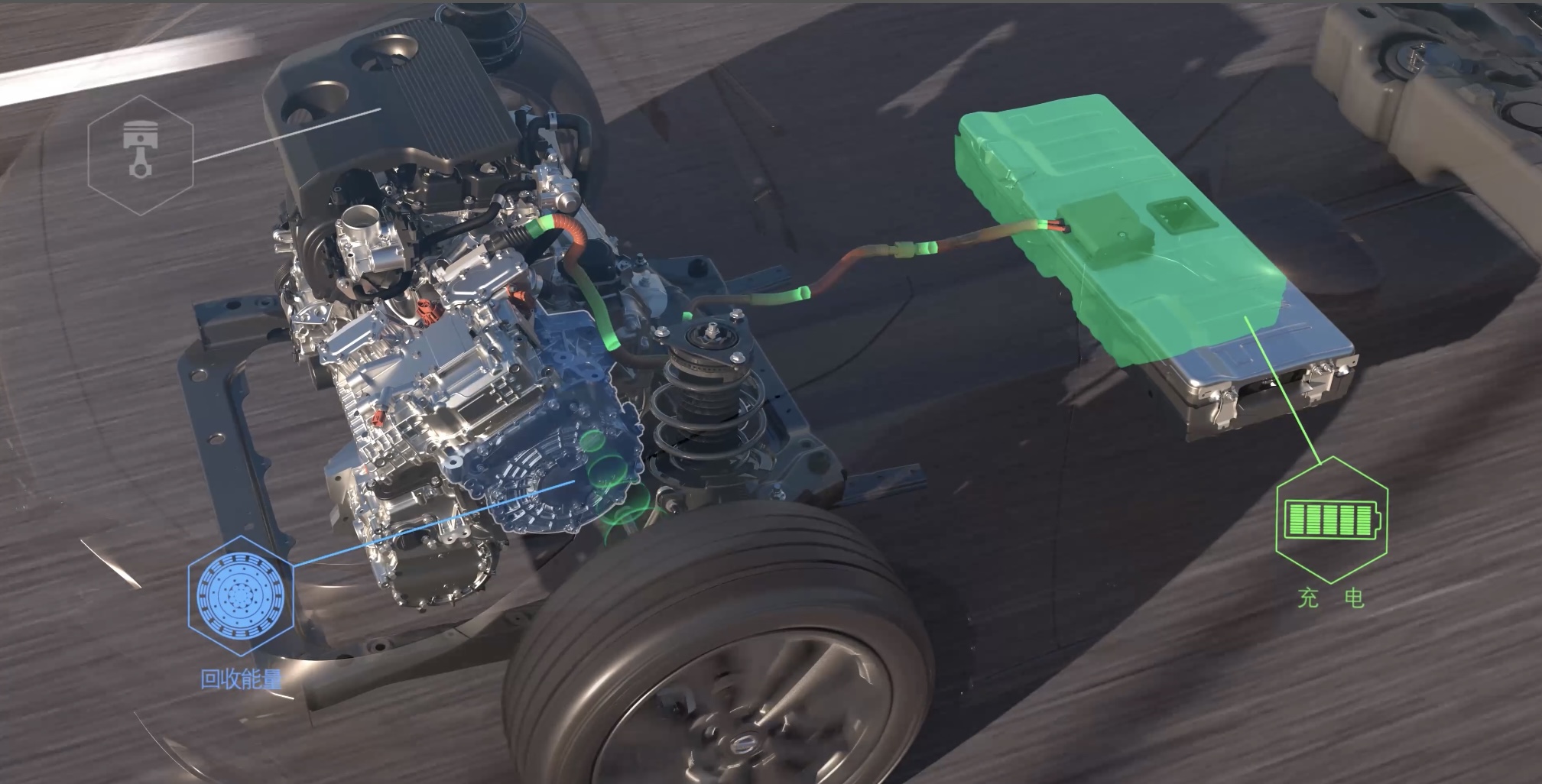
When you step on the accelerator pedal, the engine starts instantly. At this time, the battery and electrical energy generated by the motor are output to the motor together to obtain maximum torque and power. Compared with the normal fuel version of the Xuan Yi, the moment of power outbreak is indeed more obvious in terms of sensory experience.

The driving experience of e-POWER is still very similar to that of a pure electric car, almost the same as that of the Liangqi Ideo. Smooth acceleration has the smoothness and quietness of a pure electric car. When accelerating rapidly, the engine starts and the speed rises to the economic range and stabilizes. However, it will not accelerate like a normal fuel car as the sound of the engine gradually increases.
Another point worth mentioning is that Xuan Yi e-POWER has an EV mode, which means that the motor is driven entirely by electricity stored in the battery. However, at minus 20 degrees Celsius in the northeast, because the engine coolant temperature is always relatively low, even if you turn on the EV mode, the vehicle will still open the engine and be forced to turn off the EV mode after a short time.
How much can you save on fuel
Speaking of which, I believe that those of you who are watching this article are curious, how much fuel can you save after switching around between different modes and finally getting a blue plate?During this trip to Northeast China, the outdoor temperature remained at a freezing -15 degrees Celsius. We departed at 8am and ended at 5pm, which means the vehicle was running with the air conditioning on for nearly 9 hours. In addition, we had four passengers weighing over 300 kg in the car and traveled a total distance of 141.4 km using 10.37 L of fuel. The fuel consumption of the Nissan Sylphy e-POWER was 7.3 L/100 km, which costs only 0.5 yuan per kilometer with 92 gasoline.
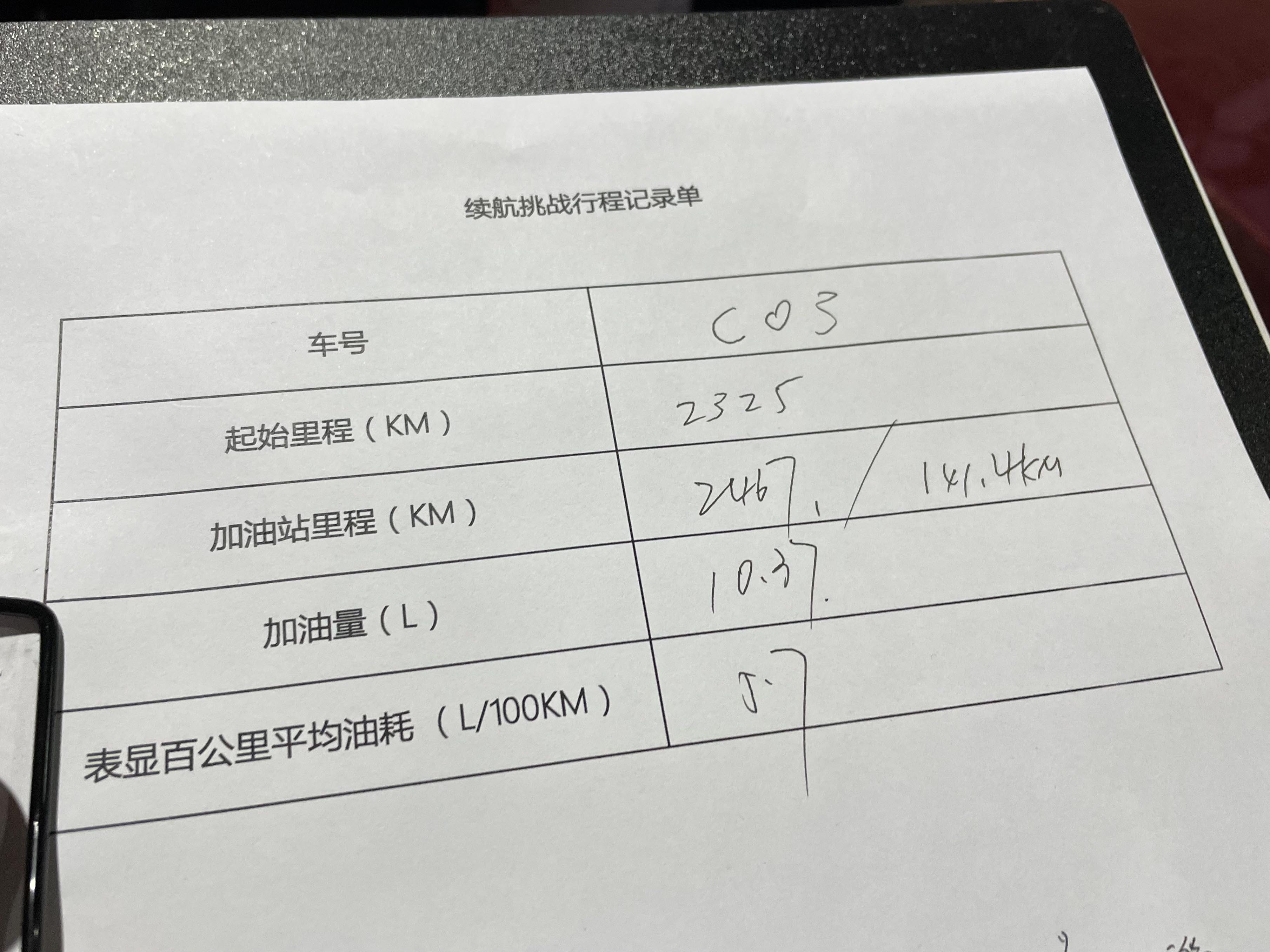
Although this result may not seem particularly remarkable, it is important to note that if an ordinary 1.3 L fuel car were to idle with air conditioning on, the fuel consumption would exceed 10 L within minutes. Under normal driving conditions, the Nissan Sylphy e-POWER can easily achieve a fuel consumption of around 5 liters per 100 kilometers.
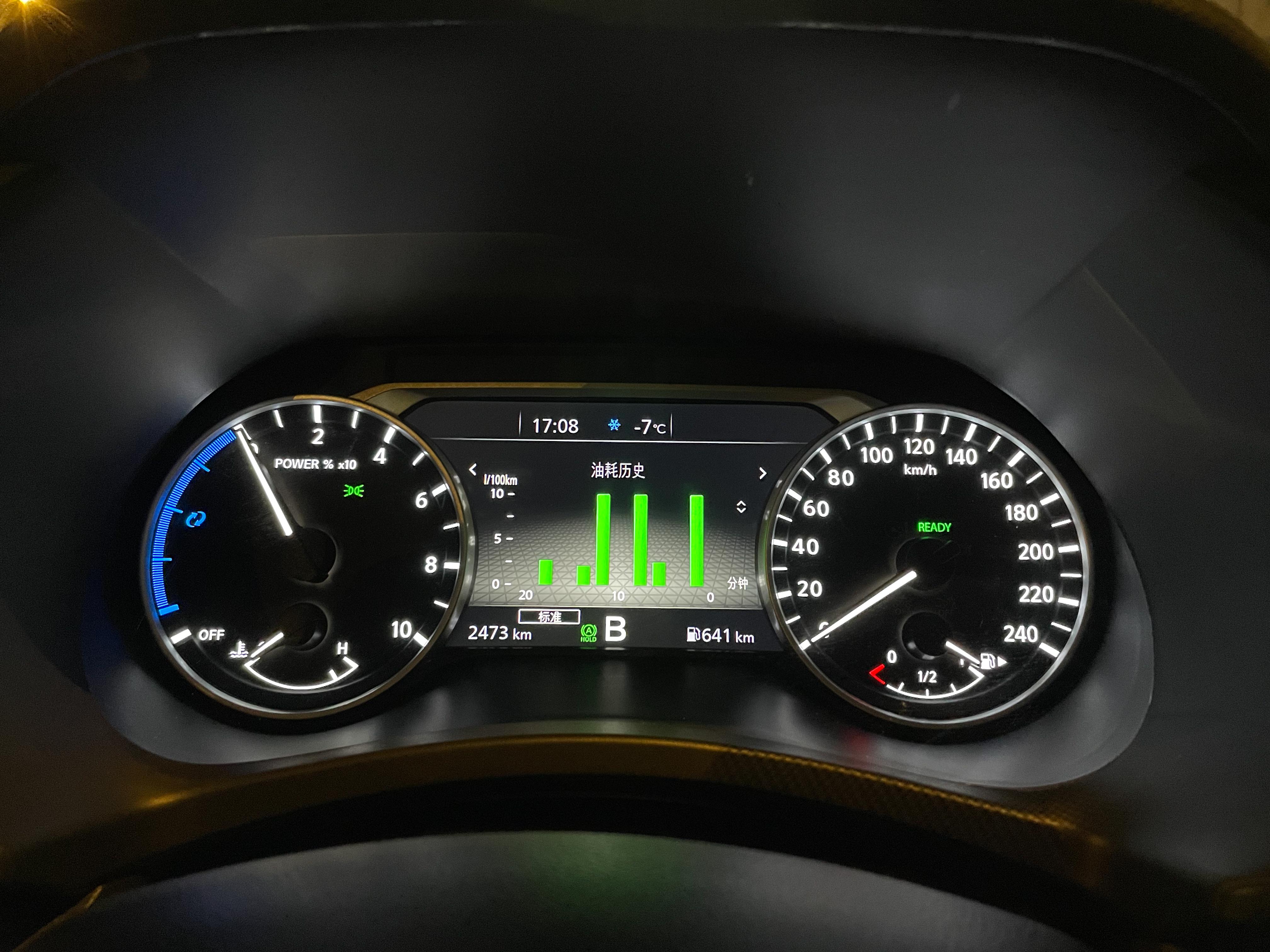
Comfort remains a priority
Currently, all Nissan Sylphy e-POWER models are equipped with a 1.2 L three-cylinder engine to power the electric motor. If we treat it as a pure electric car, the presence of the engine is still evident. Especially when the vehicle is stationary, the moment the engine starts is particularly noticeable. As a driver, I can feel the engine working by lightly touching the steering wheel and brake pedal. Even when the vehicle is traveling at speeds of less than 30 km/h, the startup of the engine can still be sensed. For speeds above this range, the energy output flow indicators on the dashboard and the sound of the engine are the only ways to perceive its operation.

As a Sylphy, it still maintains its characteristic features. Whether sitting in the front passenger seat or the back seat, one will not feel any shaking from the engine. In addition, the overall smoothness and power performance is better than the normal gasoline-powered Sylphy. The rear seats also have Nissan’s consistent style, moderate firmness in the filling of the cushions, and good backrest angles suitable for long-term sitting.
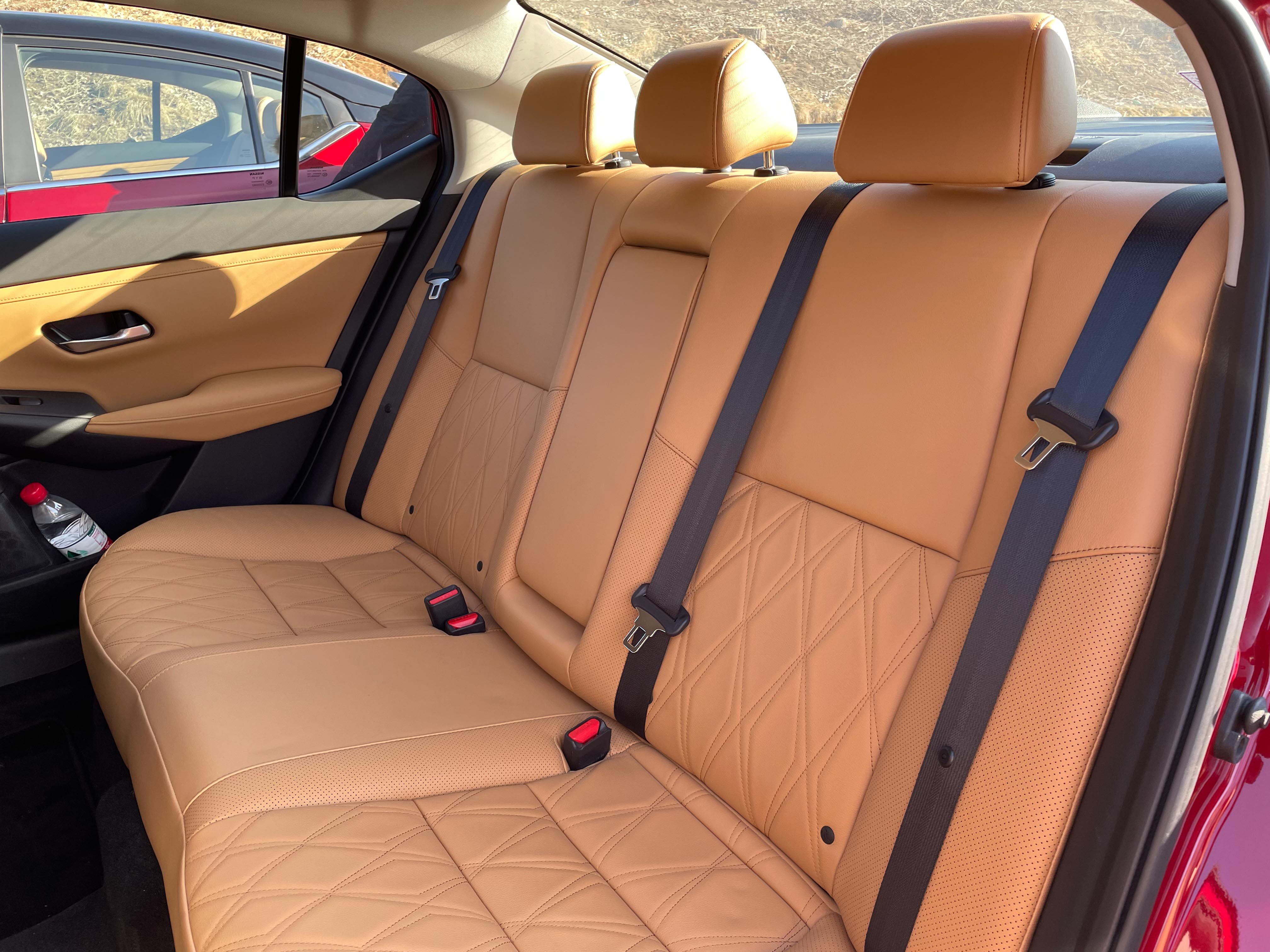 Back to the driver’s seat, the seat has good wrapping. As someone who is 175 cm tall and weighs 68 kg, my body is relatively symmetrical, and the protective wings on both sides of the seat can comfortably fix me in the center of the seat. The driver’s seat is electrically adjustable in eight directions, but the cushion angle cannot be adjusted, and the lumbar support cannot be adjusted up and down. Fortunately, the adjustment range of the lumbar support is large, and adjusting it to the maximum really makes a difference.
Back to the driver’s seat, the seat has good wrapping. As someone who is 175 cm tall and weighs 68 kg, my body is relatively symmetrical, and the protective wings on both sides of the seat can comfortably fix me in the center of the seat. The driver’s seat is electrically adjustable in eight directions, but the cushion angle cannot be adjusted, and the lumbar support cannot be adjusted up and down. Fortunately, the adjustment range of the lumbar support is large, and adjusting it to the maximum really makes a difference.
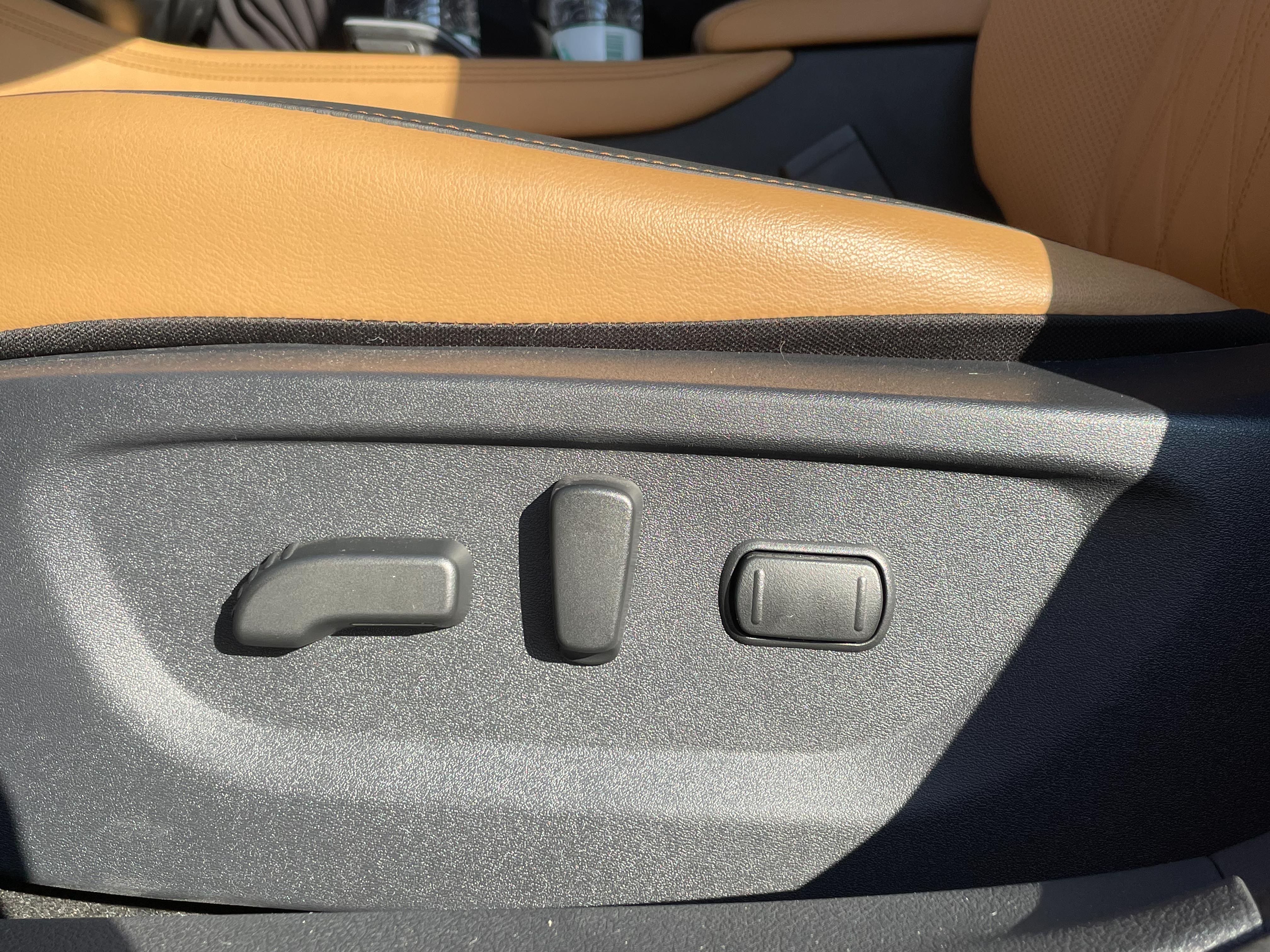
Identity is everywhere
Originally, I had no plans to introduce the appearance of the car, until I discovered a small clue when I got off the car to take a photo. The Nissan logo of this Sentra is different!
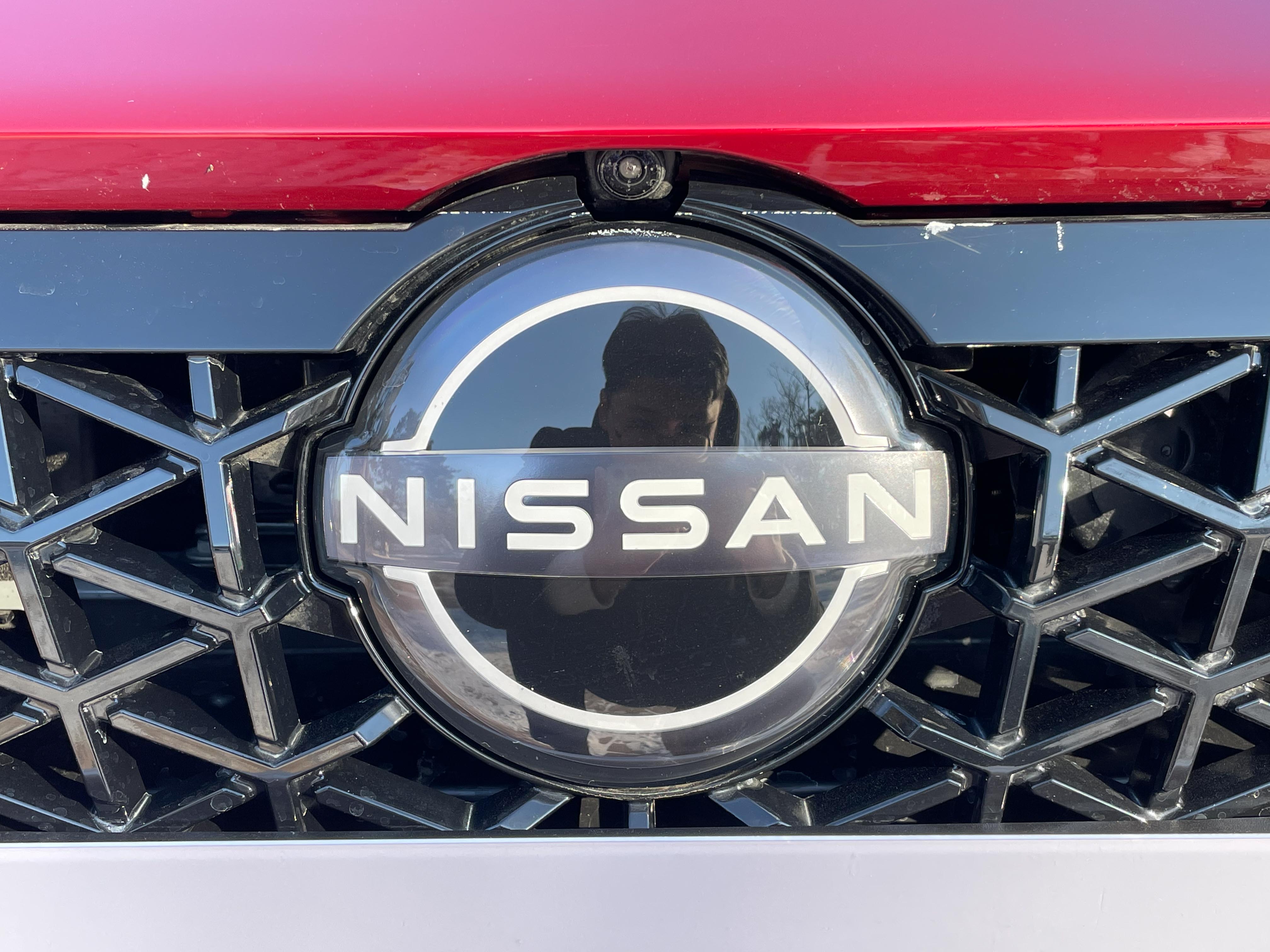
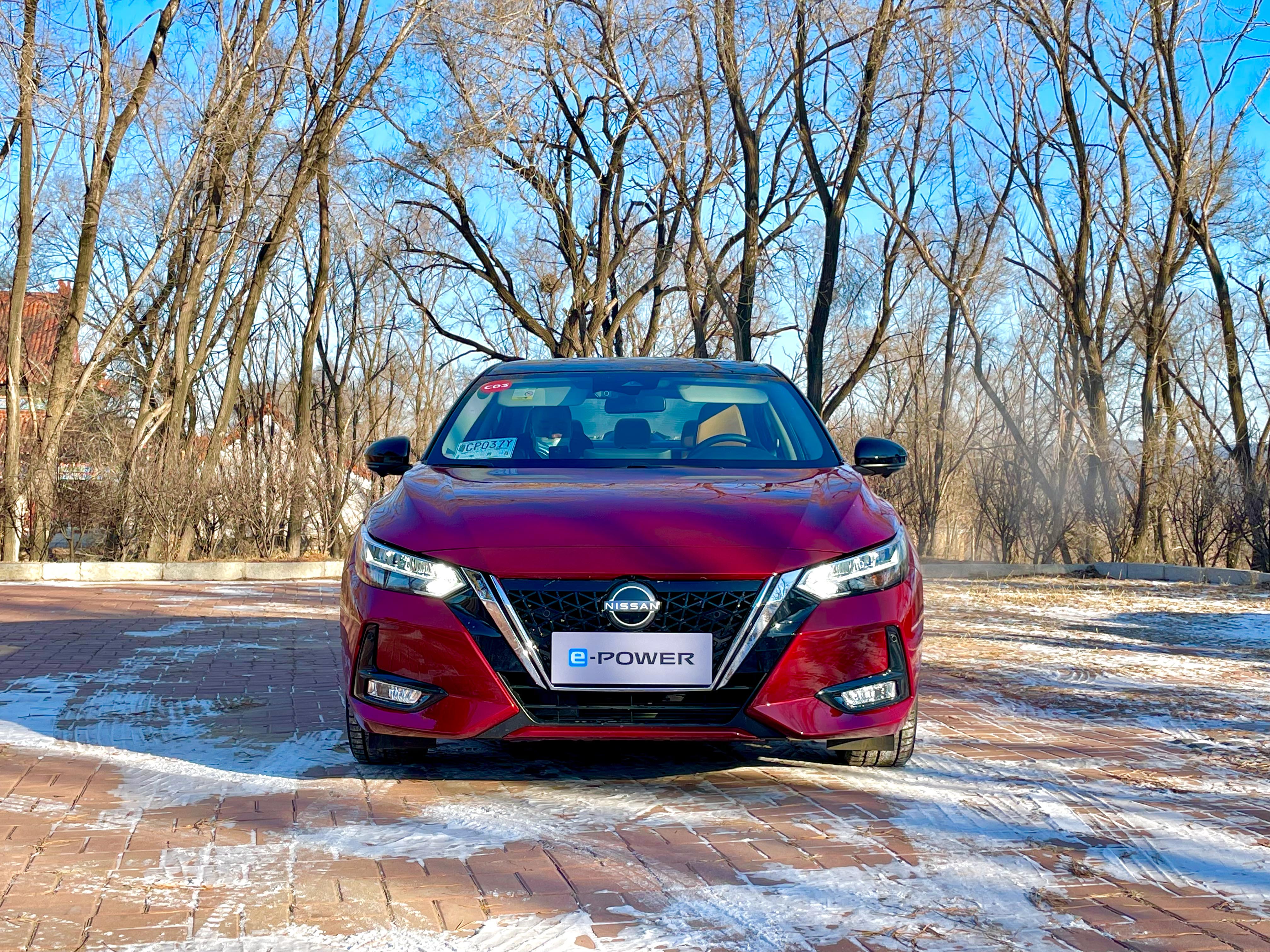
The new logo adopts a completely new flat design style, which is in line with the current mainstream logo design style. The Sentra e-POWER is also the first Dongfeng Nissan product to be equipped with the new logo. Careful observation of the car will reveal many details that help you determine whether this is a regular Sentra or a more expensive e-POWER version.
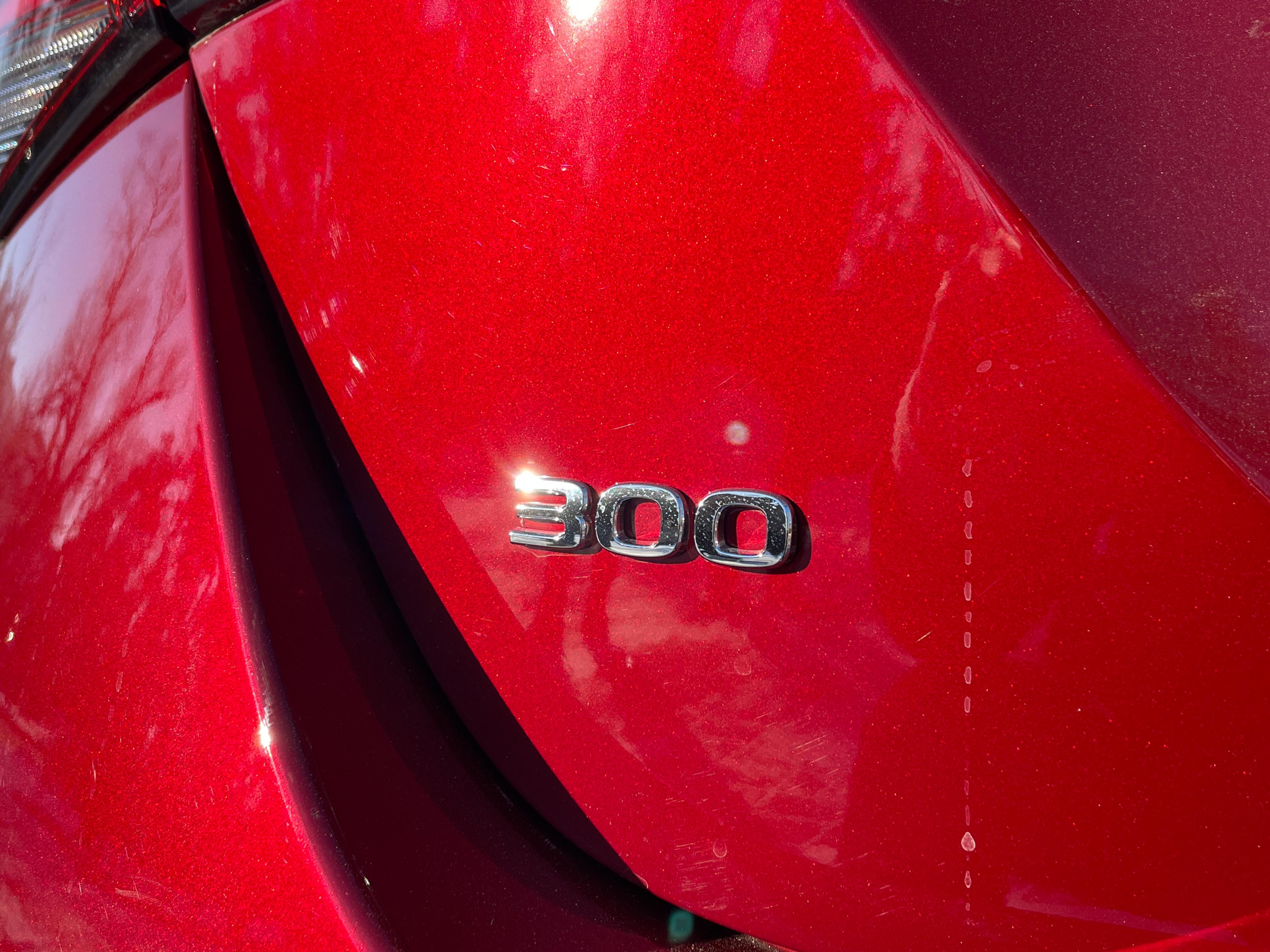

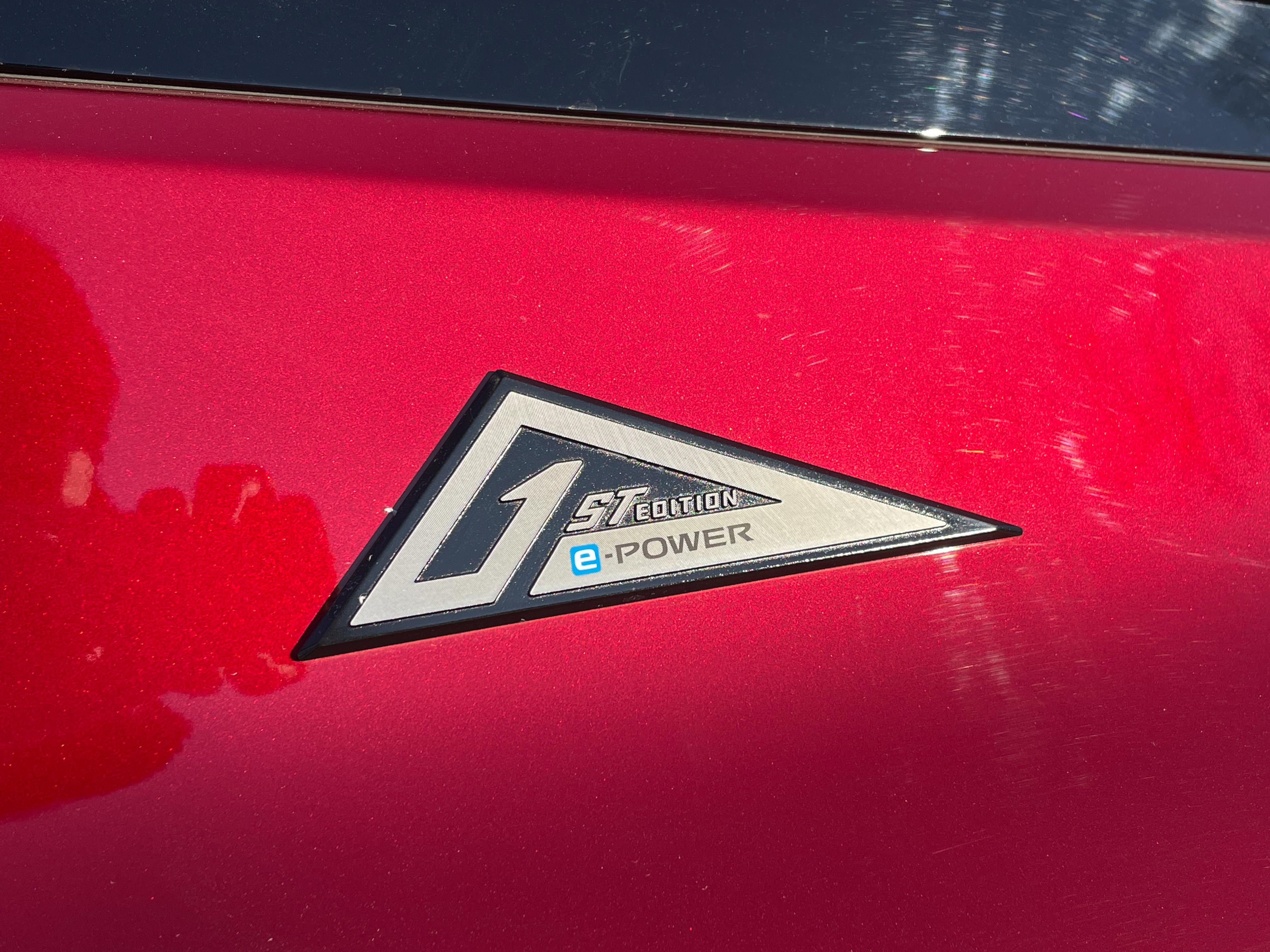
The e-POWER logo is visible everywhere, as well as the “300” logo representing 300 N·m and the debut badge on the C-pillar, all indicating that this is not an ordinary Sentra. However, the overall exterior design still follows the current Sentra design.
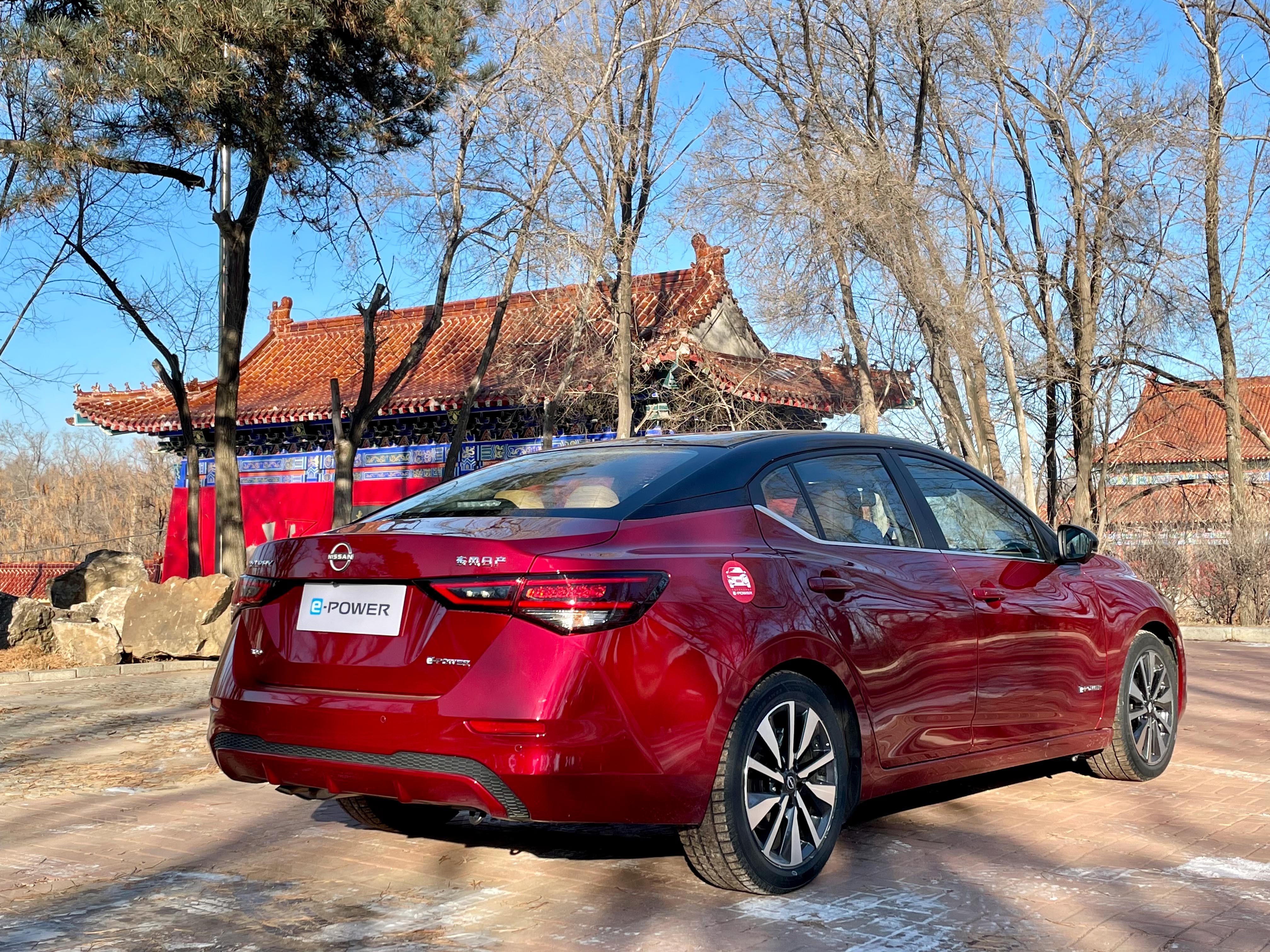
China strategy
According to Dongfeng Nissan, by 2025, seven models in the Chinese market will be equipped with e-POWER, including the Sentra, Teana, X-Trail, and Qijun.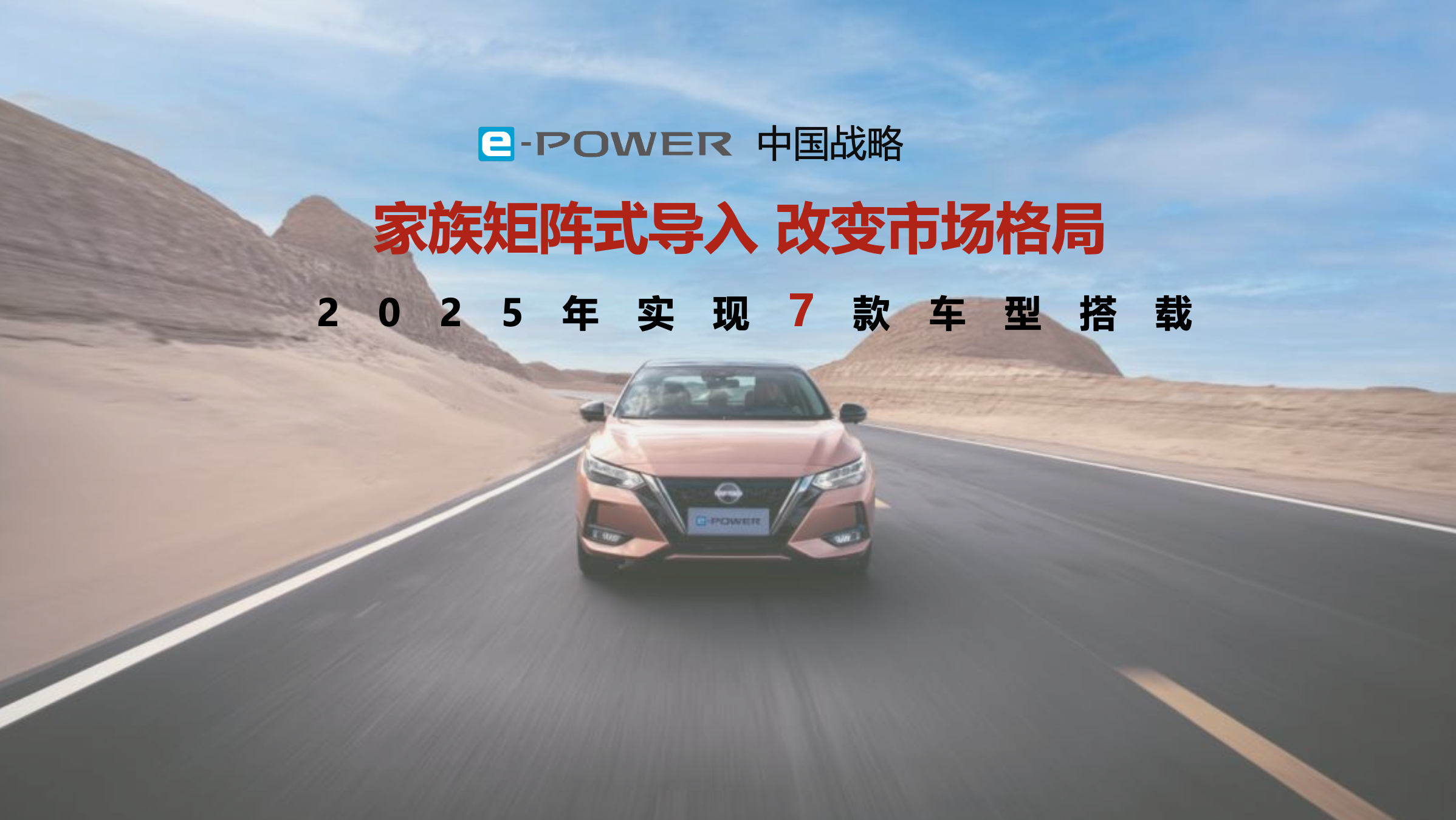
According to Nissan’s internal sources, the next model to be equipped with e-POWER technology may be the Qashqai, and in the future, a domestically-produced e-POWER engine with not just one 1.2 L engine, but also a 1.5 L engine will be introduced to meet the needs of higher-spec models.
The comprehensive introduction of e-POWER technology also represents Nissan’s confidence in its latest technology. So, let’s go back to the beginning, how to define e-POWER as an electric or petrol car? Actually, this is not important. What matters is that users have a new choice when buying a car. The blue license plate can also have an almost pure electric car experience. Compared to traditional fuel models, e-POWER has a better experience in power response, fuel consumption, and smoothness. In the price range of 138,900 to 174,900 yuan, there is currently no competing powertrain. The ultimate effect cannot be judged solely on the product. Future sales will tell us the answer.
This article is a translation by ChatGPT of a Chinese report from 42HOW. If you have any questions about it, please email bd@42how.com.
